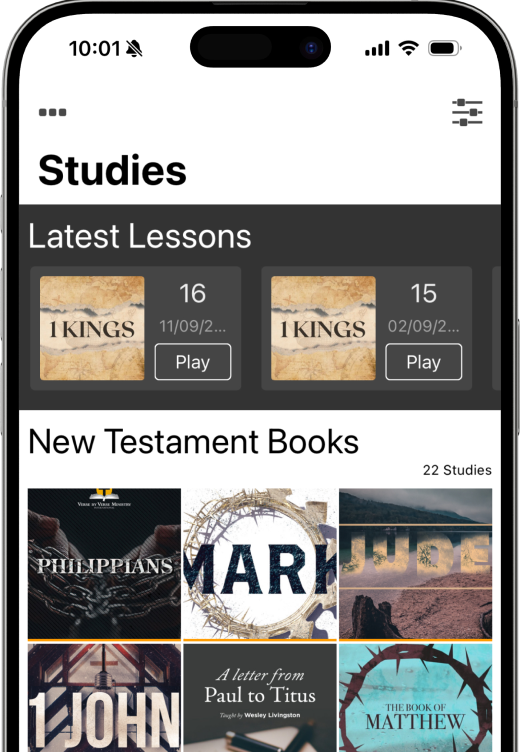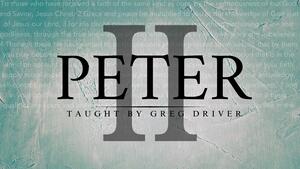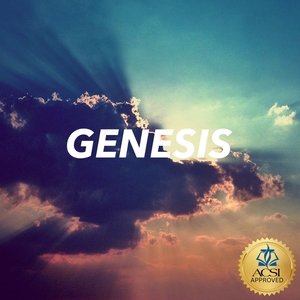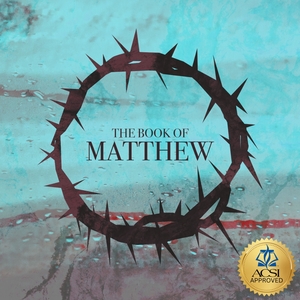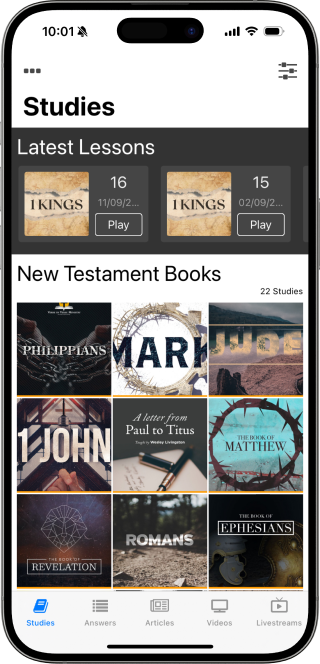Please explain who was the man, Melchizedek, and what is the Order of Melchizedek?
"Melchizedek" comes from two Hebrew words (melek, king and tzedeq, righteous) and can be literally understood as "my king is righteous." This is likely a title rather than a name. Melchizedek is mentioned only three places in Scripture: Genesis 14, Psalm 110, and Hebrews chapters 5, 6, and 7.
The "order" of Melchizedek is not a monastic society or secret order; it is a sequential order or priestly leadership over God’s people. The order of Melchizedek began with Adam, who was the first representative of God (i.e., priest) on earth. He was of the order of Melchizedek because it was an order granted by God and intended to exist for eternity. There can only be one man serving as Melchizedek at any given time, so the title is passed down from father to son, generation to generation, upon the death of the prior priest.
The order of Melchizedek was Adam's until he died, and then the title was passed to his son Seth. From Seth, the title passed from father to son (or grandson). Noah inherited the title when Methuselah died even though Noah was Methuselah's grandson, because Methuselah outlived his son, Lamech. Therefore, the order skipped over Lamech and went to Noah upon Methuselah's death.
Similarly, Enoch never inherited the order of Melchizedek because Enoch was "translated" off the earth before his father, Jared, died. The Bible calls Noah the eighth preacher of righteousness in 2 Peter 2:5, as reflected in this literal translation of the text from Young's Literal Translation:
2Pet. 2:5 and the old world did not spare, but the eighth person, Noah, of righteousness a preacher, did keep, a flood on the world of the impious having brought,
Noah was the eighth man to hold the order of Melchizedek, the order of righteousness. When Noah died, the order was inherited by his son, Shem. In Genesis a man with the title Melchizedek meets Abram returning from defeating the invading kings. This priest was Shem, the oldest living patriarch in the line of the seed promise in Abram's day.
After Shem died, the title continued to be inherited from generation to generation until it reached Jesus of Nazareth through His earthly father, Joseph. The men who held this title were the Old Testament saints who carried the seed promise of Genesis 3. (For more detail on the seed promise, please listen to our Genesis Bible study).
Once the title was passed to Jesus at the death of Joseph, it remains with Him forever as Hebrews teaches. Jesus was resurrected after death and is never to die again. Therefore, the title of "Melchizedek” will be His forever, and the "order of Melchizedek” is now an eternal order held by an eternal high priest, Christ. The procession of the Melchizedek order is important because it pictured an eternal High Priest for the Old Testament saint, and once it was Christ’s, it demonstrates the sufficiency of Christ’s work as our High Priest. This is the point being taught in Hebrews.
Why did another, lesser priesthood emerge in the Law of Moses? It was given as part of the Law to instruct and guard Israel while the world waited for the final Melchizedek (i.e., Christ) to arrive. Remember, there is nothing “wrong” or bad with the Mosaic Law. It has multiple good purposes in God’s economy, including revealing humanity's sinful nature (Rom 3:20), demonstrating God's wisdom (Deut 4:5-8), and showing His righteousness (Isaiah 42:21) and holiness (Romans 7:12). (You can learn more about the Law and its purposes in our Exodus study).
On the other hand, we also know God's Law did not redeem humanity or bring about personal salvation. That was never its purpose. It serves a national purpose for the sake of Israel, including bringing great things to Israel in the future at the end of this age. (You can learn more about how the Law brings great things for Israel in our Revelation study.)
The writer of the letter to the Hebrews makes the point that the Christ's work in the Melchizedek priesthood is greater than the work of the Levitical priesthood, so Jewish believers in his day would understand there was no longer value in observing the Levitical priesthood now that our true High Priest has arrived to assumed the Melchizedek title. The purpose of that lesser priesthood had been served once Christ appeared.
Unlike the Levitical priesthood, Jesus' priesthood and His sacrificial work were able to remove sin, cleanse the conscience, and purify the heart. As Hebrews 7:28 says, "For the Law appoints men as high priests who are weak, but the word of the oath, which came after the Law, appoints a Son, made perfect forever.” In summary, Christ's work in redeeming humanity from their sins is a far greater thing than the Levitical priesthood's work in pointing out the need for such a redemption.
The Law was given to Israel so they might understand the wisdom of God in providing a Messiah. New Testament believers are not bound to following the Old Testament Law (since a greater Law has been given to us in Christ), nevertheless, we can still benefit from learning about the Law and its lesser priesthood as an example of God's righteousness and holiness and the need for atonement.
For a more in-depth explanation of Melchizedek, please listen to Lessons 7A & 7B in our Hebrews Bible study.
Scripture quotations taken from the (NASB®) New American Standard Bible®, Copyright © 1995, 2020 by The Lockman Foundation. Used by permission. All rights reserved. www.lockman.org
